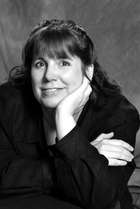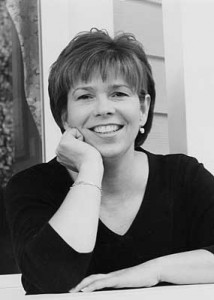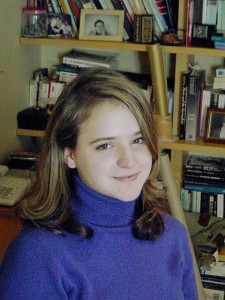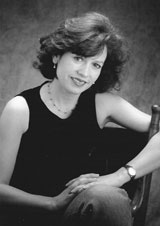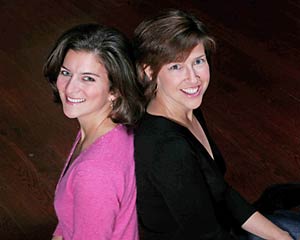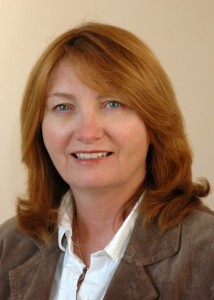Laura Whitcomb is author of A Certain Slant of Light, a young adult novel that unfolds through the eyes of Helen, a spirit who died long ago but maintains contact with the living world by clinging to a host. When Helen meets James, another spirit who has learned to inhabit a body vacated by the soul of its teen owner, the two embark on a relationship that explores life, death and love against all expectations. Recently, Mother Daughter Book Club.com interviewed Ms. Whitcomb about A Certain Slant of Light and her other works. (From an interview in February 2007.)
The subject matter of A Certain Slant of Light is a bit mature, and it’s recommended for an audience of 9th grade and older. Did you have a young adult audience in mind when you were writing?
LW: Actually I was just trying to write the best story I could think of in the best way I could tell it. My agent sent it out to both adult and YA editors. After it sold as YA, it made sense to me – even though the ghosts were in their twenties when they died, the bodies they took over were teens. The characters had to deal with teen life.
Both Helen and James are spirits with unresolved issues, do you believe spirits exist all around us?
LW: I don’t know if there are ghosts, but I believe many people experience hauntings, and I believe that our spirits/souls go on to new things after we die. I wouldn’t be surprised if some souls had to heal in order to pass on to what comes after this earthly life.
Why did you decide to have the spirits of Helen and James – who died as adults – inhabit teen bodies?
LW: It started out as just one scene. I didn’t know if the scene would turn into a novel, or just be a short story. If I were a ghost, attached to a host, I would want to be around books. Since I used to teach English, I thought I’d have my ghost’s host be an English teacher too, and so when I had her be seen by someone, I chose someone who’d be right there in his class, and that person was a high school student. At first that was my only reason to choose a teen. But it worked well for me as the story progressed – it created lots of conflict.
Was there a reason you placed the flesh-and-blood lives of Helen and James in two different times in history?
LW: Well, I thought it would be too much of a coincidence if they died around the same time.
Helen makes references to other literary figures, like Emily Dickinson, that her spirit was attached to in the past. Why did she attach herself to those writers and teachers in her spirit life when it seems she wasn’t part of that world when she was alive?
LW: Helen loves books. She was a reader, rather than a writer, when she was alive, but it was her love of literature that drew her to her hosts once she was dead. She wanted to dwell in the beautiful worlds that novels, poems, and plays offer because her own existence was so limited.
A Certain Slant of Light leaves us hopeful in the end not only for Helen and James, but also for Jenny and Billy, whose bodies they inhabit. Do you plan a sequel focusing on Jenny and Billy?
LW: No, I don’t have a plan to write a sequel. But one never knows!
You’ve attended a mother-daughter book club meeting where A Certain Slant of Light was being discussed. What was it like hearing readers’ comments about your book?
LW: It’s always interesting to hear people talk about something you wrote. I was impressed by the sophistication of the questions and comments from both generations. It feels great to have your work be the fuel for such lively conversation. One of the women even made a point that I hadn’t ever thought of. She said, “I don’t think Jenny ever would’ve come back to Cathy’s house if Dan had still been there.” Hey, that was pretty smart! (Wish I’d thought of it.)
You’ve also written a non-fiction book for writers on how to write and sell a novel. Did you find big differences in the process of writing fiction and non-fiction?
LW: The non-fiction book, called Your First Novel, which I co-authored with my agent Ann Rittenberg, had much more structure to start with, so I was writing it to fit a plan. A Certain Slant of Light was my original story, and at first I didn’t even have an outline, so it was more of a creative process. One the other hand, there are a lot of similarities. As examples, both books are meant to excite the reader and are about learning the rules of a new world.
Do you have another novel in the works?
LW: The publisher of A Certain Slant of Light, Houghton Mifflin, bought my new YA novel, The Fetch (due out in 2008,) on a summary and sample chapter. I’m just finishing it now. This one might be a series. I think I’d really enjoy that. My agent’s also about to send out another of my novels, Judas Cross, which will probably be an adult novel rather than YA.

